There are definitely ways to save money at the pump. There are also ways to stay safe at the pump, and you are sure to be surprised to learn that you probably put yourself and your car in danger each time you fill up in the winter. Find out how you can be a wiser, safer consumer when purchasing gasoline.
1. Using Premium
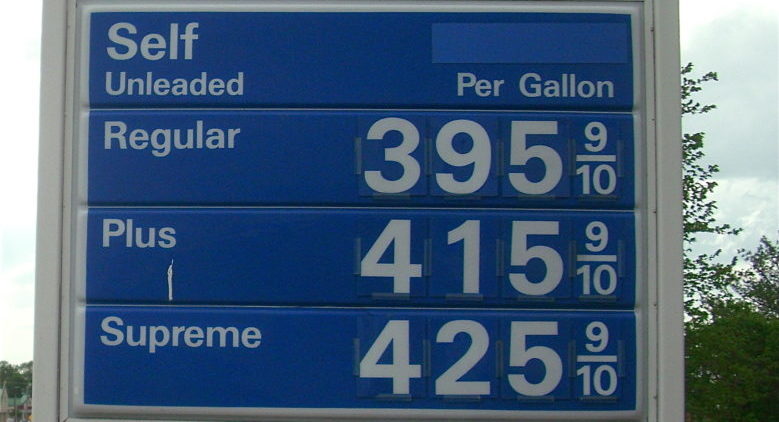
The quickest way to save $.20, $.40 or even more on every single gallon of gas is to use regular gasoline as opposed to premium. According to a survey, people like to “treat their cars to more expensive fuel.” This is an unnecessary expense. Here is what Tom and Ray Magliozzi, the experts on Car Talk, say about premium gasoline: It won’t get you better mileage. It doesn’t have special or extra detergents that are worth the additional cost. Regular gasoline will not damage an engine that claims to require premium petrol. Their statements are supported by the American Petroleum Institute, the American Engine Rebuilders Association and even an anonymous chemist at a major gasoline company. Edmunds, however, says that if your vehicle’s manufacturer “recommends” premium, you can use regular, but if your car “requires” premium, you should, in fact, use the more expensive gas.
2. Not Shopping Around
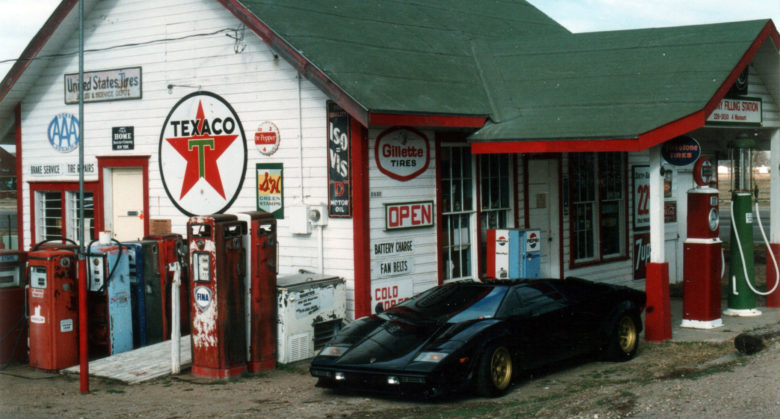
Shopping different gas stations is often touted as an underused strategy for saving money at the pump. If you believe burning the gas already in your tank to drive to a pumping station that’s farther away to save a buck or two is worth saving a buck or two, then go for it. If you’re not sure, just calculate how much you are really saving. Multiply the cost of the gasoline at both stations by how many gallons (or liters) your tank holds, assuming you are filling an empty tank. Also calculate the potential for car accidents if you are on the road longer because you are driving farther, and estimate how much gas you’re burning (in money). Okay, we’ll do the math: If you can save $.08/gallon by traveling 4 miles to a different station, and you pump 10 gallons, you save $.80. If fuel costs $2.00/gallon and your car gets 20 mpg, the 8-mile trip will cost $.80. Hmmm.
3. Not Using Your Cell Phone
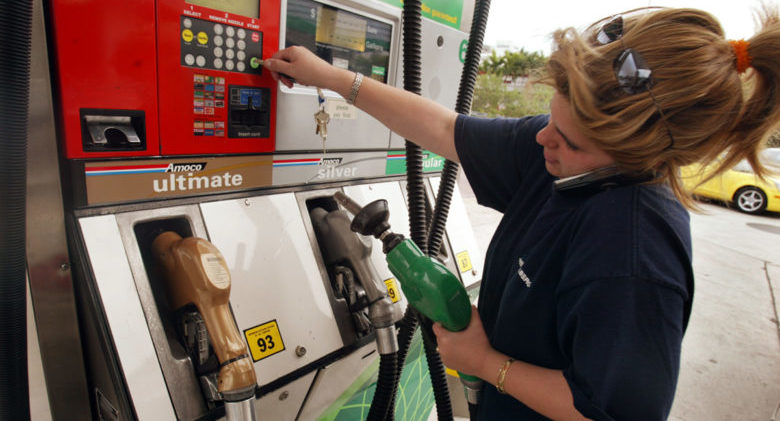
This is more of a safety mistake. Since 1999, rumors alleged that cell phones start fires at the pump. Almost all experts agree this is not true. In 2010, Mythbusters, failed to get a cell phone to ignite gasoline vapors. This was substantiated in 2014 by Snopes and an ABC News report. Also, circa 2002, the American Petroleum Institute said, “We can find no evidence of someone using a cellphone causing any kind of accident, no matter how small, at a gas station anywhere in the world.” The Cellular Telecommunications Industry Association (CTIA) made a similar statement. Of course, that was almost 15 years ago when phones were designed to be safe in gas stations. Why would that change? However (there’s always a “however”) the president of the Malaysian Petrol Dealers Association said there are studies that prove some older phones produce a magnetic field that can catch fire. There is also a video online of a cell phone igniting fuel-doused aluminum foil. (Not sure what the foil represents in terms of a gas station.) Are you more unsure than you were a minute ago? Read on. It seems the real culprit is…
4. Getting In And Out Of Car
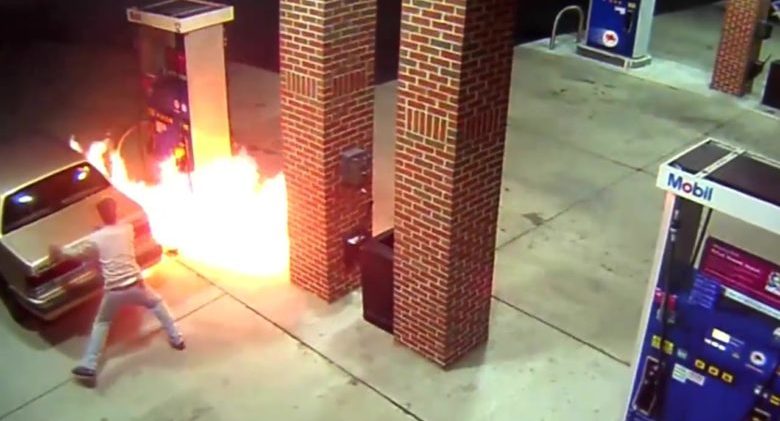
This is a big safety mistake. If you get out to pump your own gas, stay outside until you finish pumping and return the nozzle to the station pump. Getting back in the car to sit and wait can lead to potential danger! The vapors from the gasoline liquid are extremely flammable, and once you start the pump, vapors escape into the air. If you go back into the car, when you exit, it’s possible—unlikely but possible—that when you slide across the seat, a static electric charge can develop on your body. If this happens, when you reach for the pump, an unexpected spark can ignite the gasoline vapor. This has happened several times before, and sometimes it’s been blamed on cell phone use at the pump. If you must get back into the car, touch the body of your vehicle as soon as your feet hit the ground when you exit. The metal will discharge any static electricity on your body. Whew! Saved your life.
5. You’re Not Using An App
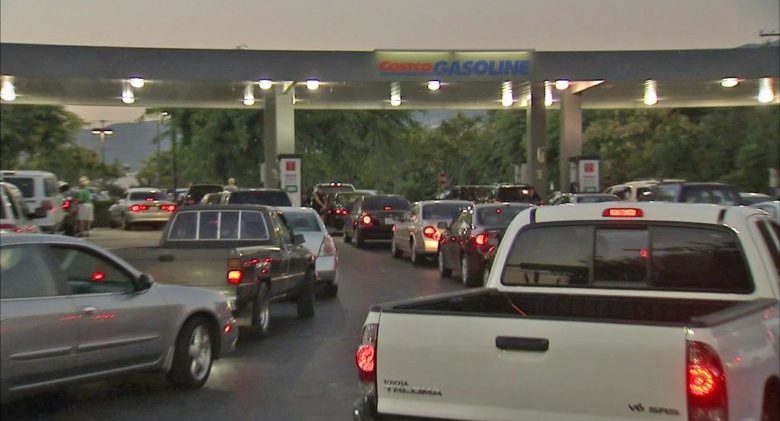
Mobile apps can point you to the nearest—and/or cheapest—gas prices in the area. Here are some. Gas Buddy is the only free app listed here and relies on users to report gas prices weekly, rewarding one with a $250 gift card. It works only on iOS, and so does Fuel Finder which also relies on users but insists it can help you save over $300 a year on gas. That makes it seem worth the $2.99 with one month free. Smart Fuel uses databases to get you the “most accurate” prices, and Cheap Gas not only gives you gas prices, it also tracks your mileage and vehicle maintenance costs. If you don’t mind driving a little extra to possibly save a little extra money (See #2), an app might be what you need before your next trip to the pump.
6. Not Seizing Good Prices
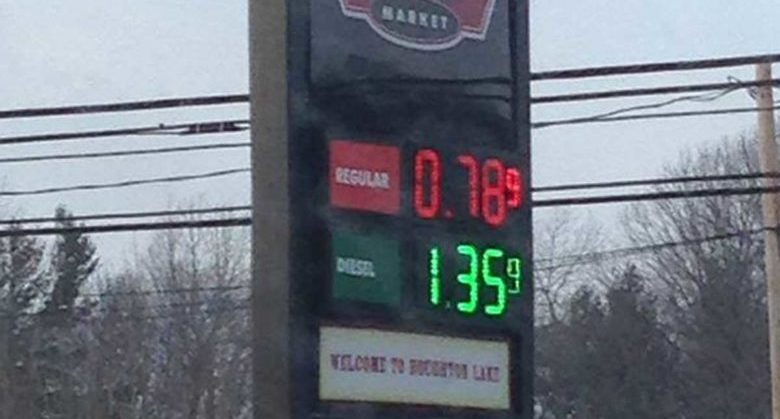
More than 75% of people surveyed said they drive by gas stations even if the there is a good advertised price. Many assume that a low price at one station equates to low prices everywhere. This is not necessarily the case. Also, drivers may pass up the opportunity if “getting gas” isn’t on their agenda at that moment or if they’re in the habit of waiting until the gauge reaches a certain line (hopefully not lower than a quarter tank). Further, if you let the gas content get too low, you’ll be forced to shop at the nearest gas station, even if their prices are high. This could be costly for another reason. Waiting for the gas warning light to alert you, or waiting even longer than that, can be harmful to the car’s engine. Any particles that are in the tank can more readily enter the gas line and then the engine when the tank is empty. This can lead to $$$ problems.
7. Paying With Plastic
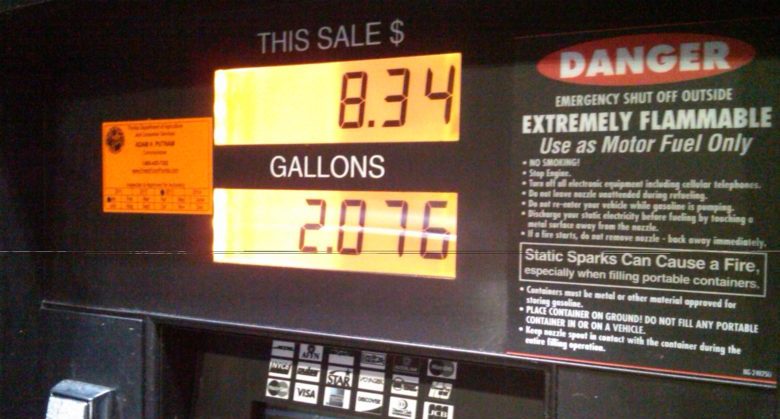
Unless your credit card is giving you amazing incentives or big time cash back each time you swipe at the pump, use cash. Often, the gas prices on the marquis reflect the cash price. Many times, we pay with a credit card expecting to get the advertised price but we wind up paying more. Do you check the final gallon tally against the price per gallon to verify what you’re actually paying? If you do, welcome to the club. It’s a small club. You’re now the president, treasurer and secretary. Most of us finish pumping and drive away to continue our day, unaware of what we actually paid. Try this: next time you pump your own gas, stop at the one gallon mark and see if the price of one gallon is the same as on the marquis. If you insist on using a card to pay, make sure you’re getting worthwhile rewards for each dollar spent.
8. Driving In Circles
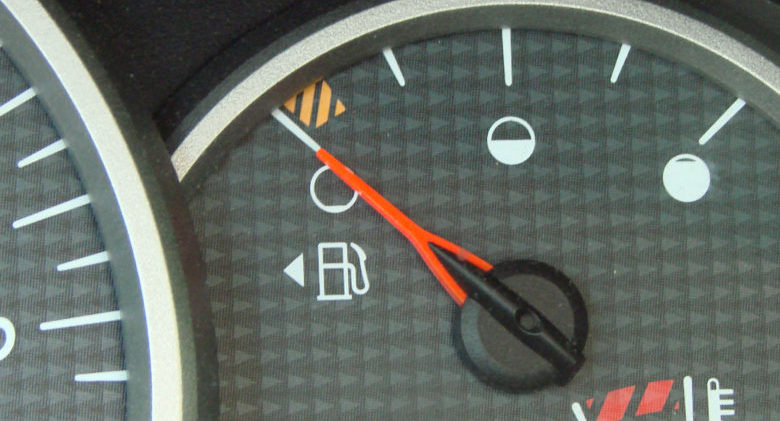
This is a simple mistake people make when pulling into the station. They forget which side of the car houses the gas tank. While this is not a big mistake, it can be challenging, frustrating and embarrassing to correct. Either you’ll have to reposition your car or drive around to a different pump—no fun if the gas station is busy and full of cars. Or you’ll have to pull the hose over the car and hope it reaches, also alerting everybody of your faux-pas. Here’s a trick. Many cars have an arrow at the gas gauge pointing to the side that has the gas tank filling port. Take a peek before you pull up to a pump. While you’re at it, determine where the gas cap release lever is before you spend minutes at a busy station searching for it.
9. Pumping Mid-Day
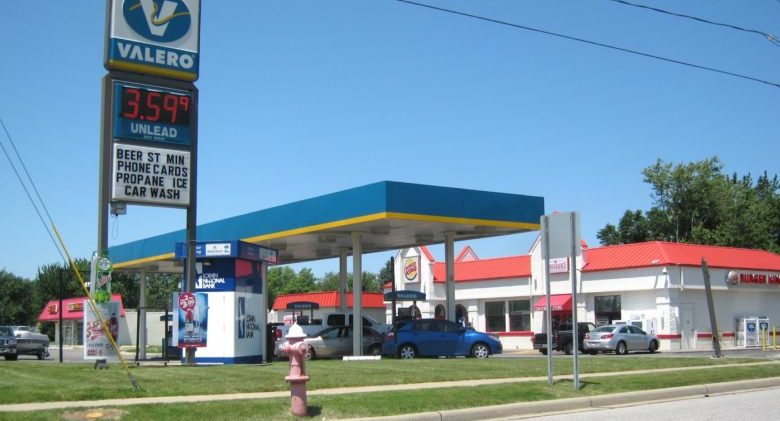
Pumping when temperatures are coolest, i.e. the morning hours, gasoline will be denser; therefore delivering more liquid for the buck through the pump…so say industry experts. However, other experts say temperature only matters when the gasoline is delivered. Their reason? They say that since the fuel is going to sit underground in tanks that act like thermos bottles, it doesn’t matter what the temp of the outside air is above ground. All that said, Snopes.com sums up the question nicely with this scenario. If you buy 15 gallons of gasoline per week at $4.00 per gallon, and you carefully choose to fill up only in the morning, you might realize a 1% savings. The total amount you’ll keep over the course of a year at is about $31. If $31 is worth the potential inconvenience of adhering to a rigid morning fill-up schedule week after week, go for it!
10. Rushing
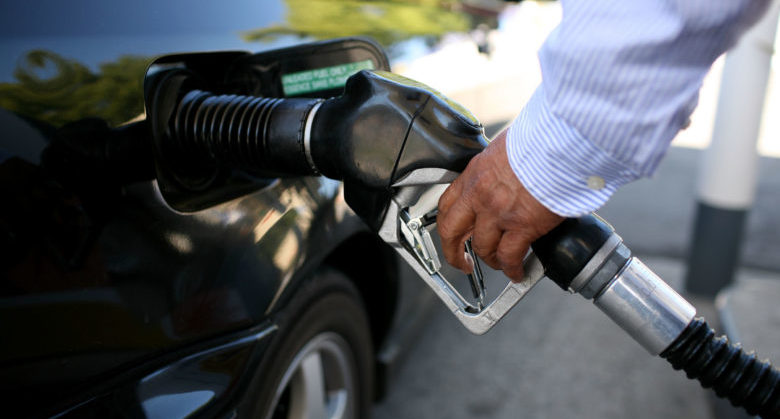
Most gasoline pump handles let you set a lever in a notch to free your hands while your car refills. You get three settings from which to choose: low, medium and high. Choosing high might cost you more money! The faster the gasoline pumps out, the more of it vaporizes. This used to be bad news for the environment. Then many stations updated their equipment so that nozzles include a vapor recovery system. This system prevents vapors from escaping into the atmosphere by sucking them back into the pump via an environmental return system. This is good news for the environment…but it could be bad news for your wallet. If you set the auto-fill to the highest, and therefore fastest, setting, more liquid is vaporized. You pay for the gasoline that came out of the pump but then gets returned to the storage tank. Choose the lowest setting to decrease the amount that’s vaporized, and you’ll get more of the gas you paid for. Use the extra time to plan your day, read or just relax…outside of the car, that is. (Remember #3?)
11. Not Pumping Your Ride
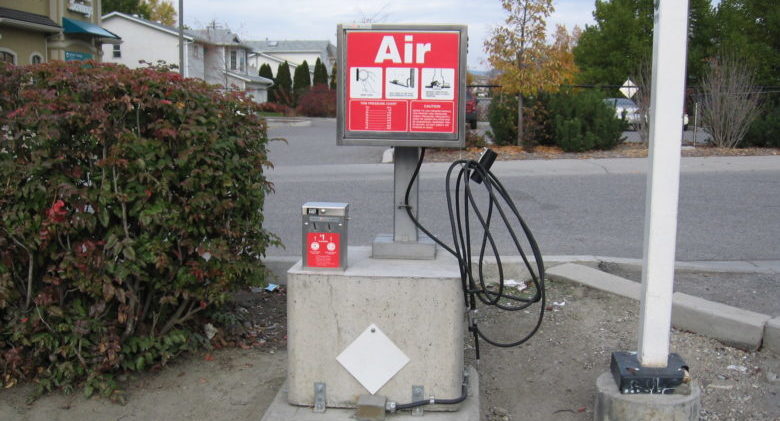
This is more of a near the pump mistake. Do you check the air pressure of your tires and add air if they’re under-inflated? No? If you are driving a car with tires that don’t have enough air in them, like most of the cars on the road, you are losing money. The U.S. Department of Energy discovered that a drop of 10 psi in tire pressure can decrease fuel efficiency by up to 3%. Yet, 36% of cars today are at least 20% underinflated! That’s money out the exhaust pipe, folks. Low tire pressure causes you to have to fill ‘er up more frequently because the car doesn’t drive as efficiently. And if you’re like most drivers, you don’t check the tire pressure and add necessary air often enough. Next time you’re at the pump, find the air machine and check your tires. Fill them to the recommended psi as shown on a sticker inside the driver door frame…or listed in your owner’s manual. If possible, use a quality tire pressure gauge and not the one attached to the air machine, and not one that cost $1.99.
12. Not Checking Your Change
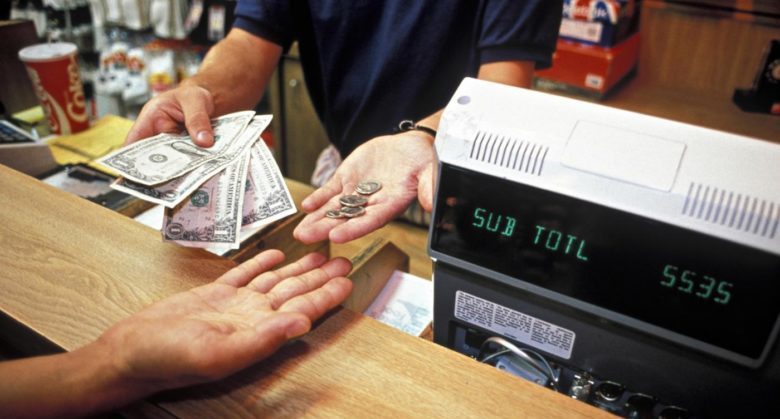
If you pay with cash at the register (as you should to get the advertised discount), be sure to count your change. At peak hours, when there is a line of customers, questions, cash being exchanged, credit cards being swiped, gas purchases and mini-market purchases…oh, and “Can I use the bathroom?”…the one or two inundated cashiers can be rushed or even overwhelmed…and bound to make mistakes. The mistake might be too much change handed to you or too little. If it’s too much, you’ll do the honest thing, right? Returning the extra dough not only shows you’re an upstanding and honest citizen and will let you sleep at night, it might even inspire the others in line to be honest (at least that day). Ahh, a better world. Of course, if you are shorted money, you’ll let the cashier know—but you have to check by counting the change yourself.
13. Leaving The Car Running
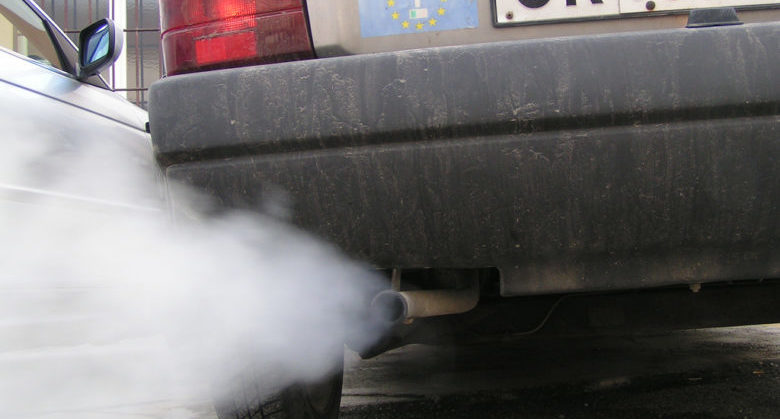
Remember the gasoline vapors? They’re in the air and on the ground. A running engine provides several potential sources of ignition. First, there might be sparks from the exhaust pipe. Second, the catalytic converter on the belly of the car is typically very hot. Even the alternator could, potentially, ignite the vapors. The last thing you want is your car to catch fire at a gas station! The other danger of leaving the vehicle running is that there’s a chance the car will slip (or be pushed) into gear and begin moving while still attached to the pump. At best you’re looking at a huge insurance claim because of a busted pump. Let’s not even discuss the ensuing explosion or an unaware customer getting run over. There’s also the car to think about. Leaving the engine on while the gas cap is removed can confuse the car’s computer, and then you are left with a “Check Engine” light. Switch off the engine.
14. Smoking
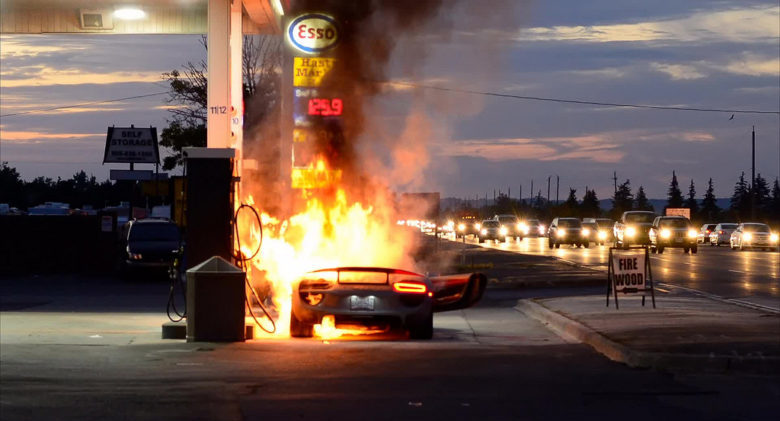
It’s those pesky vapors again. Even with environmental recovery systems on the nozzles, vapors will still escape. It’s these vapors that are highly flammable and cause great concern for caution when you are at the pump. Gasoline itself will not ignite so easily, and is not so readily available to ignite. It’s underground, in the pump, in the hose and then in your gas tank. Some drops may fall, but these are not to worry about. However, one small spark among invisible vapors can cause a tiny fire that will instantly ignite all the gasoline vapors in the air and set nearby equipment, including your car, on fire. A lit cigarette in a gas station provides a constant spark that will ignite vapors as soon as the two come in contact, and you can say good-bye to your fancy Porsche.
15. Gasoline Fight
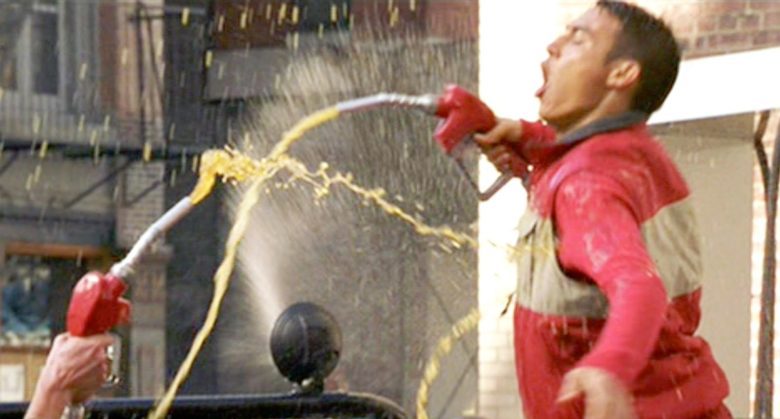
As tempting as it may seem, never ever have a gasoline fight. ‘Nuff said. Happy pumping.
[Feature Image Credit: reachingutopia.com]
